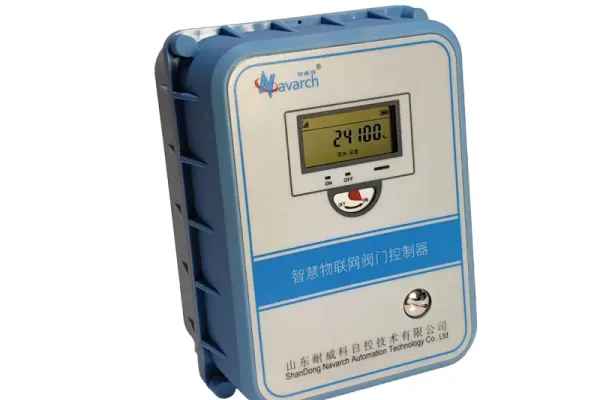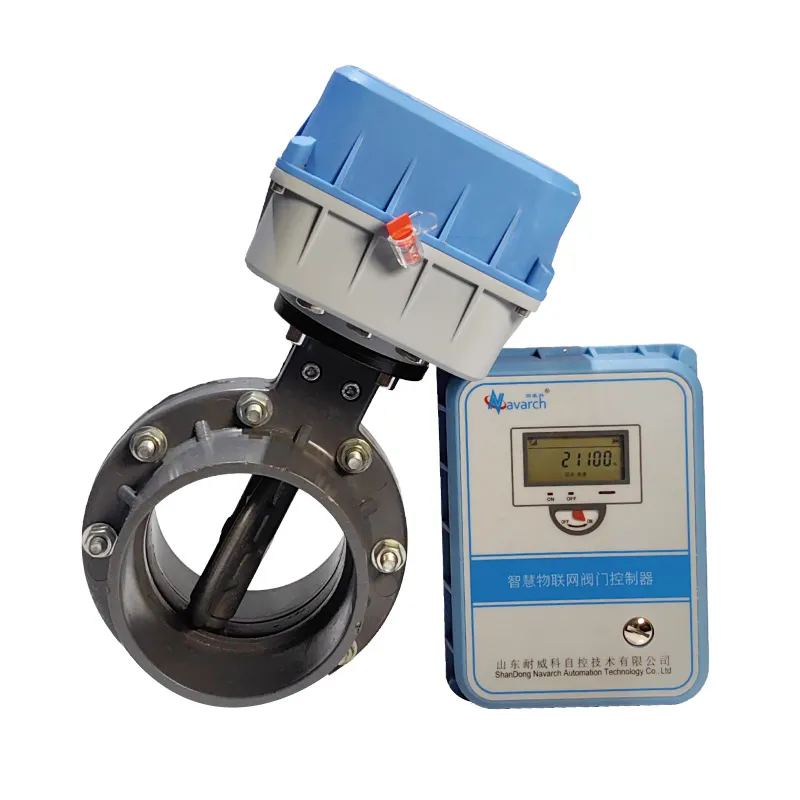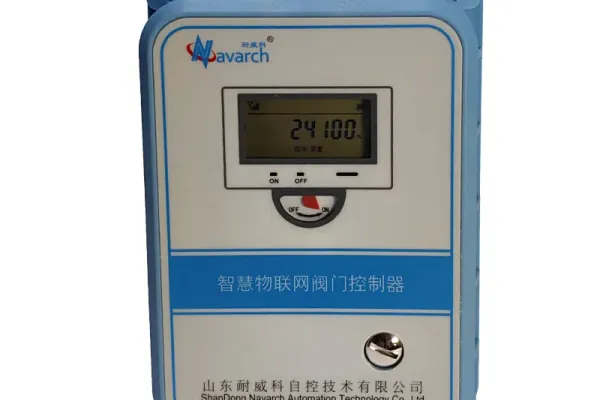Avoid your inquiry is delay response, please enter your WhatsApp/WeChat/Skype along with the message, so we can contact you at the very first time
We will reply you within 24 hours. If for urgent case, please add WhatsApp: +86 13188899036, or WeChat: 0531-87968777. Or call 0531-87968777 directly.
* We respect your confidentiality and all information are protected. We will only use your information to respond to your inquiry and will never send unsolicited emails or promotional messages.
Many of my clients often get confused about actuators and motorized valves. I’ve seen this confusion lead to costly purchasing mistakes and system inefficiencies.
The main difference is that an actuator is the driving component that creates movement, while a motorized valve is a complete unit combining both a valve and an actuator. The actuator provides the force needed to open or close the valve.

valve Actuator
Let me share my years of experience in valve manufacturing to help you understand these crucial components better.
I’ve installed hundreds of motorized control valves, and I still find their operation fascinating. These devices are essential for modern building automation.
A motorized control valve works by using an electric motor1 to precisely control fluid flow. The motor receives electrical signals from a control system and converts them into mechanical movement to adjust the valve position.

Motorized Control Valve
These valves typically operate in temperatures between -20°C to 120°C and can handle pressures up to 40 bar, depending on the model. I recommend regular maintenance every 6-12 months for optimal performance.
During my factory visits, I often notice customers struggling to choose between motorized and solenoid valves3. This choice can significantly impact system efficiency.
Motorized valves use an electric motor for gradual movement, while solenoid valves operate with electromagnetic force for quick on-off action. The choice depends on your specific application needs.
| Feature | Motorized Valve | Solenoid Valve |
|---|---|---|
| Operation | Gradual movement | Instant on/off |
| Power Usage | Lower continuous | Higher momentary |
| Control Type | Modulating | Binary |
| Cost | Higher initial | Lower initial |
| Maintenance | More complex | Simpler |
| Lifespan | 10-15 years | 5-8 years |
In my experience designing automation systems, understanding motorized actuators is crucial. They’re the workhorses of modern valve control systems.
A motorized actuator converts electrical energy into mechanical motion through an electric motor4 and gear system, providing precise control over valve movement.

Motorized Actuator
In my valve manufacturing facility, we still produce many manual actuators5. They’re reliable, cost-effective, and essential for certain applications.
Manual actuators work through direct mechanical force applied by hand, using levers, wheels, or gears to multiply the input force for easier valve operation.
Understanding these differences helps select the right valve and actuator combination for your specific needs. Whether motorized or manual, proper selection ensures optimal system performance and longevity.